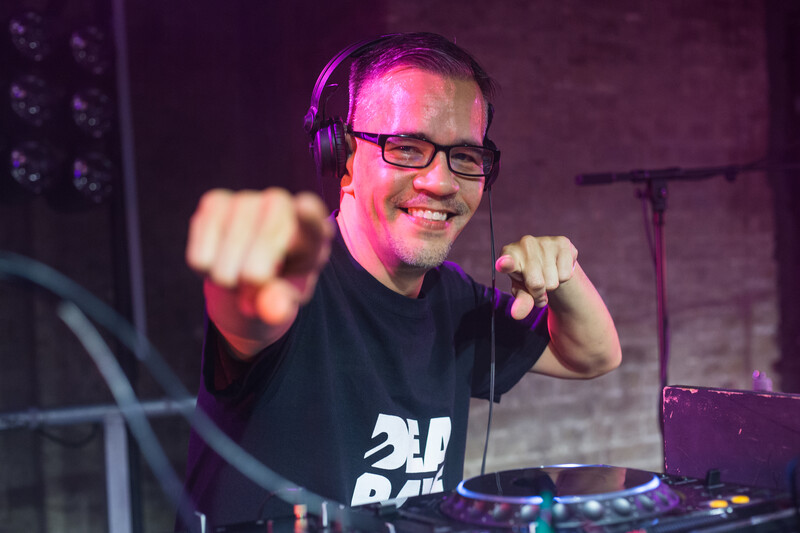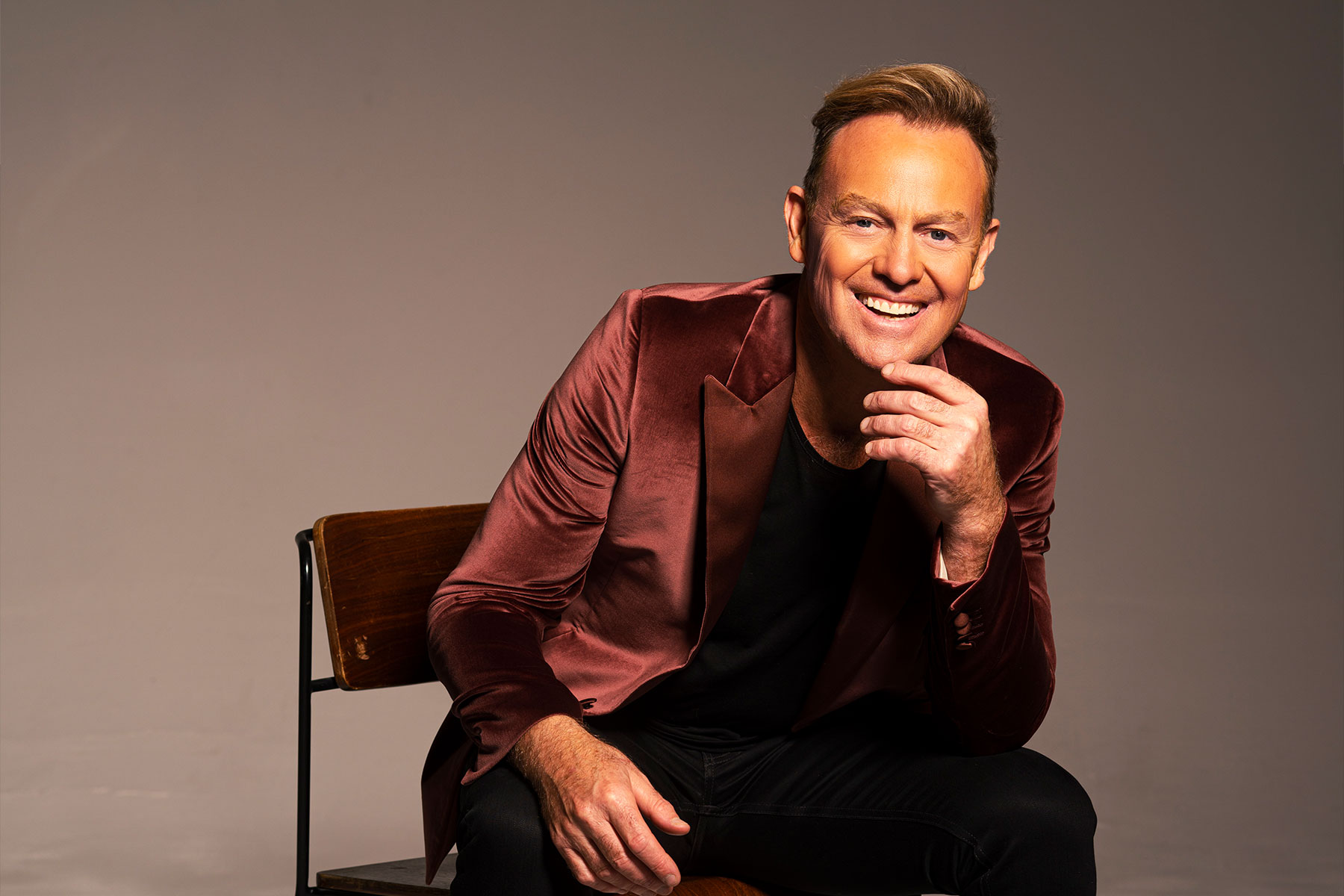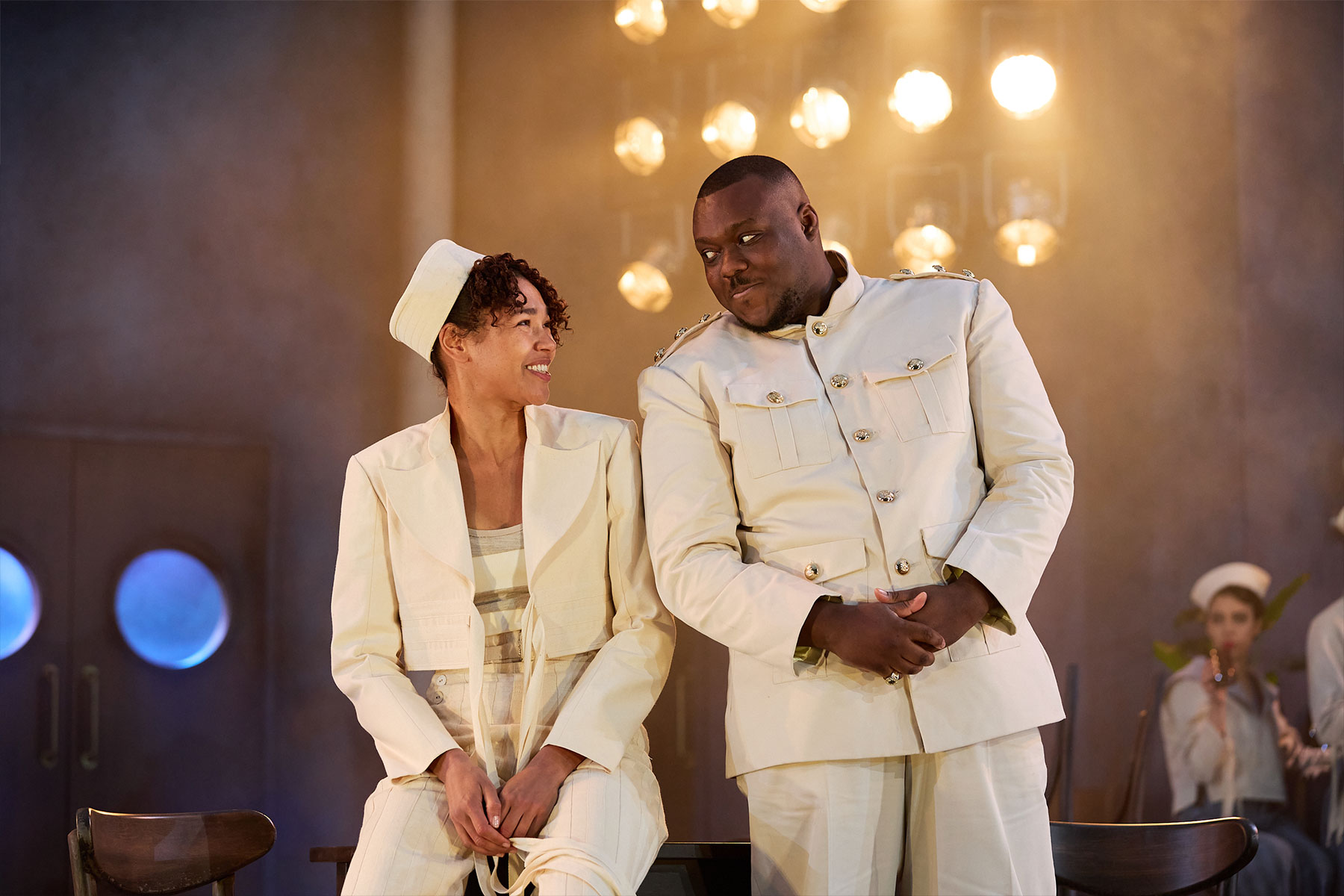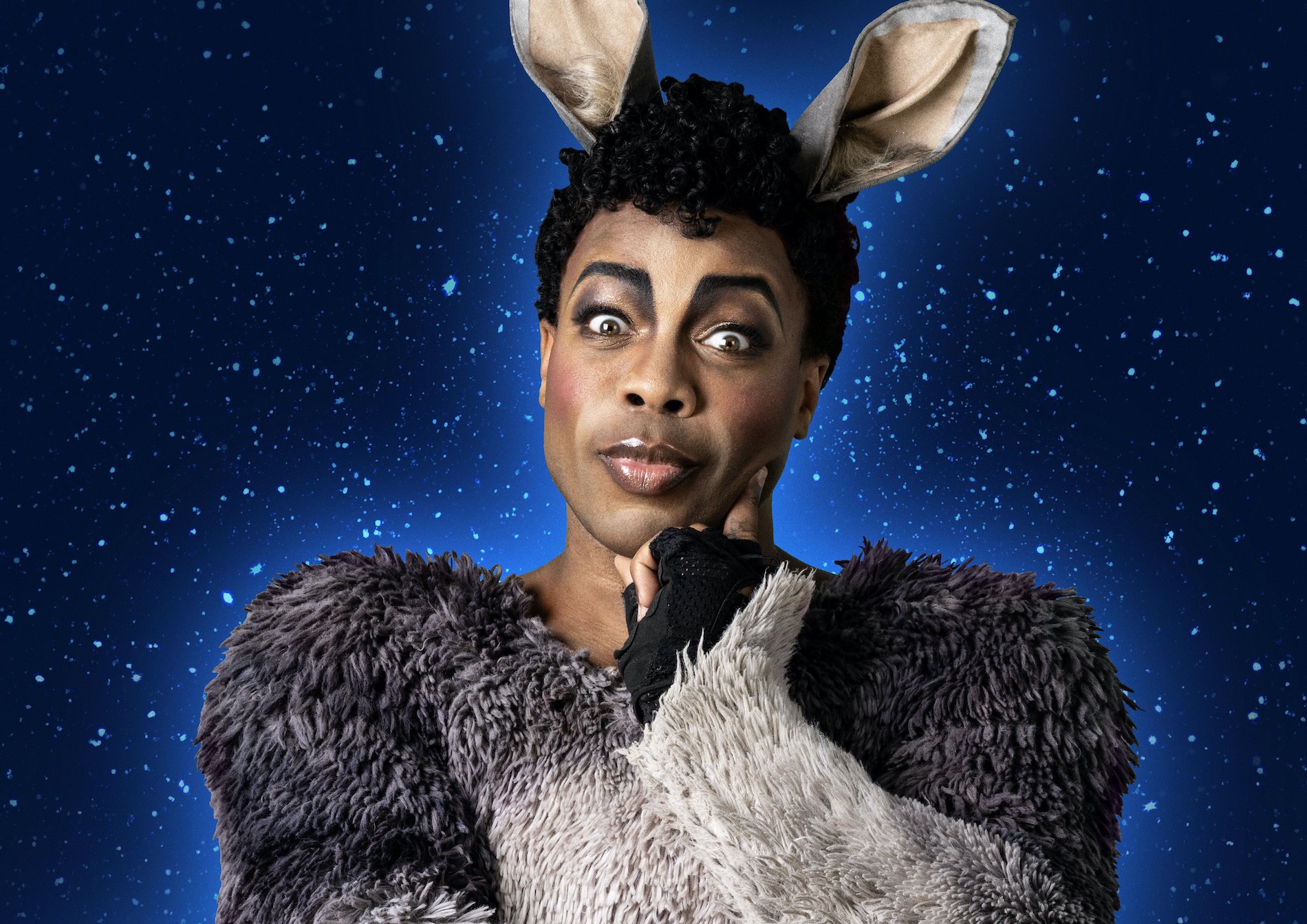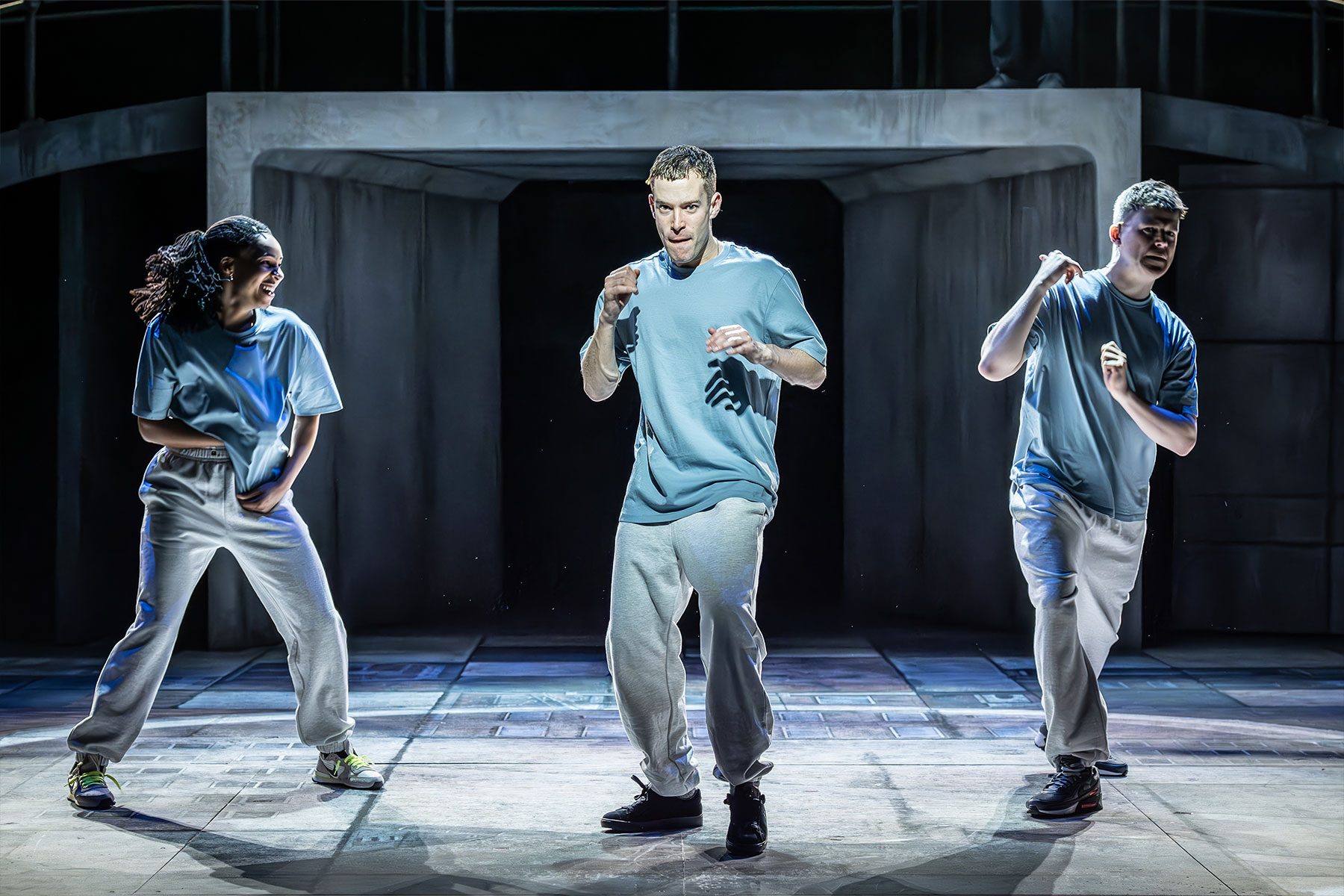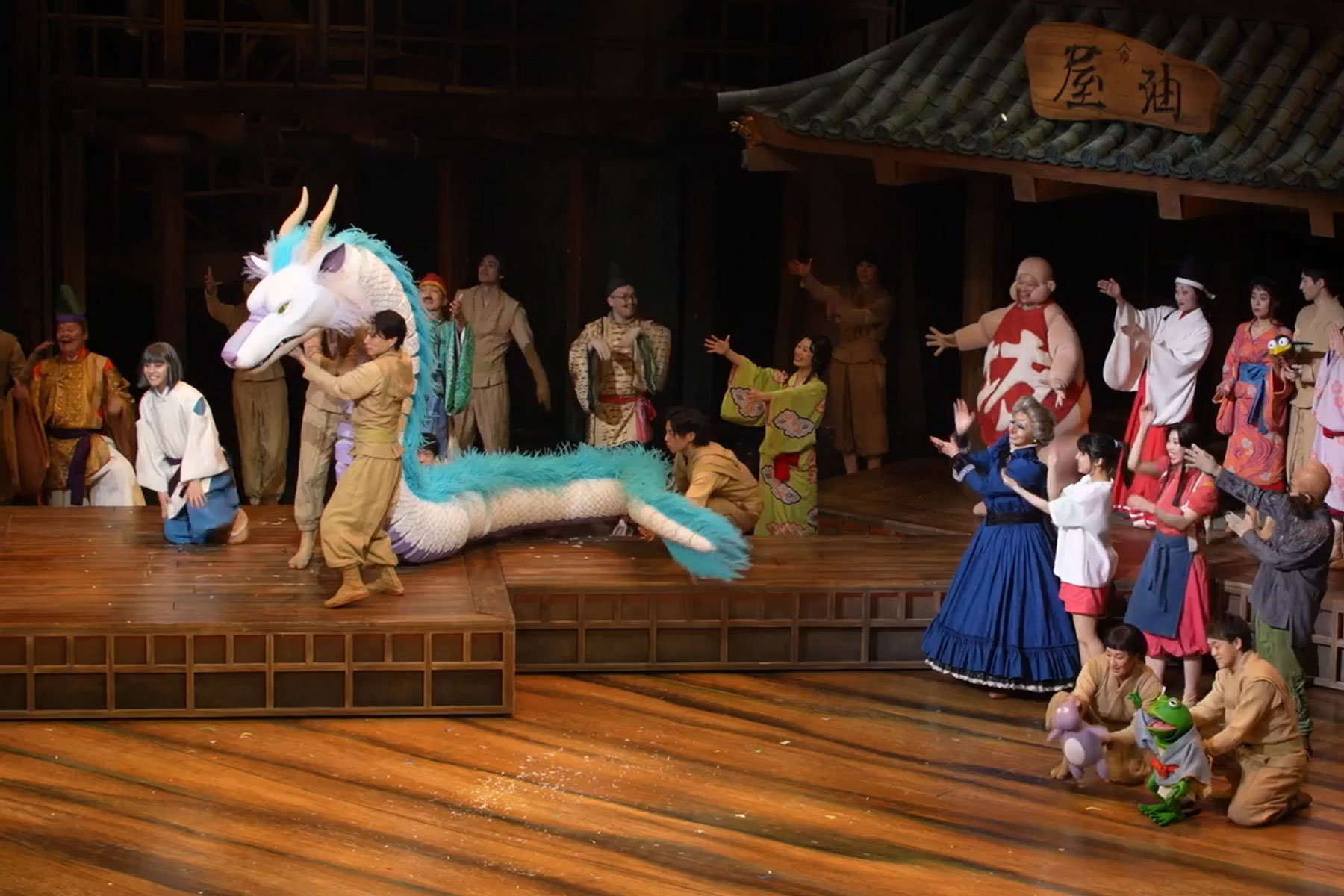The Barber of Seville (tour – Norwich, Theatre Royal)
I’ve lost count of the number of different productions – let alone casts – which I’ve seen in Rossini’s The Barber of Seville, but I can’t recall a single one in which Dr Bartolo comes over as the main character. However, that’s the impression left by Andrew Slater’s imposingly sung and acted physician in Thomas Guthrie’s new production for English Touring Opera.
Then there’s Don Basilio, usually the leading dark voice. Guthrie has un-frocked him while Alan Fairs contributes fine singing but no real sense of the mischief-stirrer, affairs-meddler par excellence which is surely the essence of the role. Even “La calunnia” doesn’t bite, though he’s as funny as he should be in the Act Two quintet, materialising from his supposed sickbed and (eventually) exiting with inducements to a chorus of “Buona seras”.
The three principal characters fit quite comfortably into this somewhat quirky, not to say downright fidgety, production. Kitty Whately has a fluent mezzo-soprano and puts over both Rosina’s pent-up naughtiness and her vulnerability from “Una voce poco fa” through her emotional and physical collapse during the storm (which mirrors her own inner turmoil as Rhys Jarman’s back-drop of Seville shifts and splutters) to her final acceptance of happiness in the “Ah! qual colpo inaspettato” duet.
Nicholas Sharratt has the measure of Almaviva both vocally and histrionically from the Act One serenades to the final rondo (whoever said that tenors can’t act?). Grant Doyle is a Figaro with whom to reckon, and an audience favourite from the opening notes of “Largo al factotum” to his part in the duet with Rosina “Dunque io son”, the various trios and other concerted numbers, notably the Act One finale.
The ETO orchestra seemed to warm to the score after a slightly pedestrian account of the overture. Paul McGrath’conducting is sympathetic to his singers, while initiating the occasional rococo flourish from individual orchestral players – the tuning-up just before Fiorello’s hapless band of no-hope musicians launch into their accompaniment to Almaviva’s serenade makes a collaborative point.
Most of the words in David Parry‘s translation can be heard, and some if them make a welcome change from older versions. If you know the opera well, then this production furnishes a number of topics for interval and post-show discussion. If you don’t, then it’s an excellent introduction.



